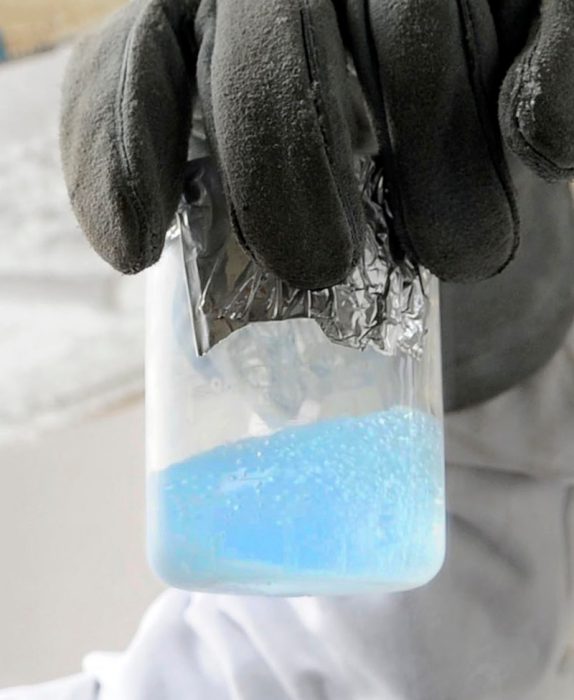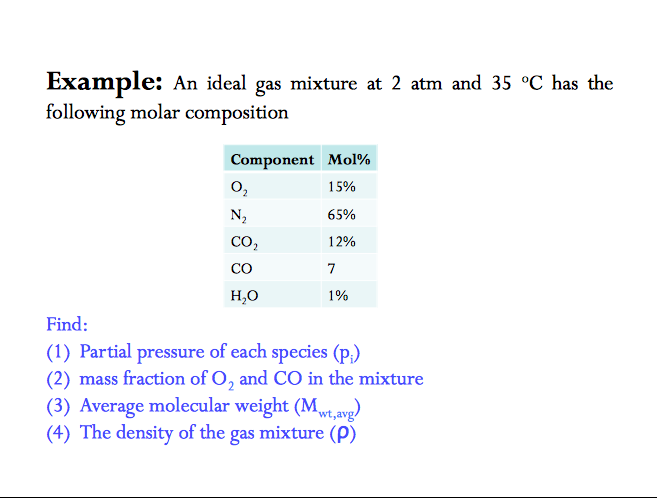

helps in the conversion of different units of measurement like kg/mol to O through multiplicative conversion factors. Be it buying grocery or cooking, units play a vital role in our daily life and hence their conversions.

Measurement like molar mass finds its use in a number of places right from education to industrial usage. Units of measurement use the International System of Units, better known as SI units, which provide a standard for measuring the physical properties of matter. You can also use our molar mass calculator.Kilogram Per Moles to Oxygen - Standard Atomic Weights Converter
#Molar mass of o2 how to
Basically, you should know how to find the molar masses of any chemical compound now.

Of nitrogen) + (six atoms x 16 grams/mole of oxygen) = 189 grams/mole ofįor all other compounds, the general idea is the same. Will be equal to (1 atom x 65 grams/mole of zinc) + (two atoms x 14 grams/mole The brackets multiplied by the subscript two). Multiplied by the subscript two) and six atoms of oxygen (three atoms in Have one atom of zinc, two atoms of nitrogen (one atom inside the brackets (1 atom x 56 grams/mole Fe) + (2 atoms x 35.5 grams/mole of chlorine) = 127 grams/mole of iron (II) chloride For example, in iron (II) chloride, or FeCl 2, you have one atom of iron and two atoms of chlorine. If you have a subscript in a chemical formula, then you multiply the number of atoms of anything next to that subscript by the number of the subscript.įor most compounds, this is easy. (1 atom x 23 grams/mole Na) + (1 atom x 35.5 grams/mole Cl) = 58.5 grams/mole NaClĢ. If we write this as a calculation, it looks like this:
#Molar mass of o2 plus
If we have a chemical compound like NaCl, the molar mass will be equal to the molar mass of one atom of sodium plus the molar mass of one atom of chlorine. Molar masses of chemical compounds are equal to the sums of the molar masses of all the atoms in one molecule of that compound. To do this, we need to remember a few rules.ġ. How can I find the molar mass of a chemical compound?įor any chemical compound that's not an element, we need to find the molar mass from the chemical formula. Still, aside from the exceptions above, all elements have the same molar mass as the atomic masses on the periodic table. phosphorus is normally found in clumps of four atoms, P 4, and sulfur is found in clumps of eight atoms, or S 8. That each molecule of the element has two atoms of that element stuck together.Īs a result, the formula of hydrogen is H 2, nitrogen is N 2, etc. In the case of hydrogen, nitrogen, oxygen,įluorine, chlorine, bromine, and iodine, the element is diatomic, meaning In some cases, the element is usually found in a differentįorm than just one unbonded atom. So, in our example, carbon has a molar mass of 12.01 grams per mole. For example, if you want to find the molar mass of carbon, you would find the atomic mass of carbon on the periodic table, and this is equal to the molar mass in grams per mole.

The molar mass of elements is found by looking at the atomic mass of the element on the periodic table. How can I find the molar mass of an element? It is also sometimes called: Molecular Mass, Molecular Weight, Formula Mass, or Formula Weight. One atomic mass unit (u) is equal to 1/12 the mass of one atom of carbon-12. Molar mass is the mass (in atomic mass units) of one mole of a of a substance.


 0 kommentar(er)
0 kommentar(er)
